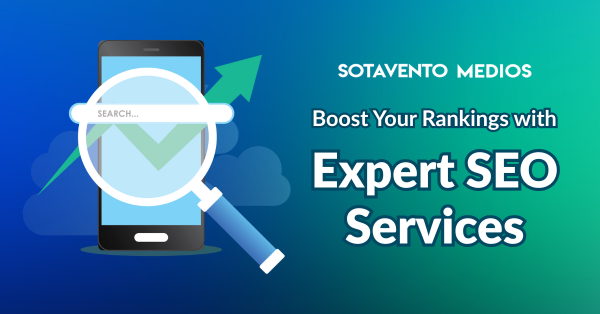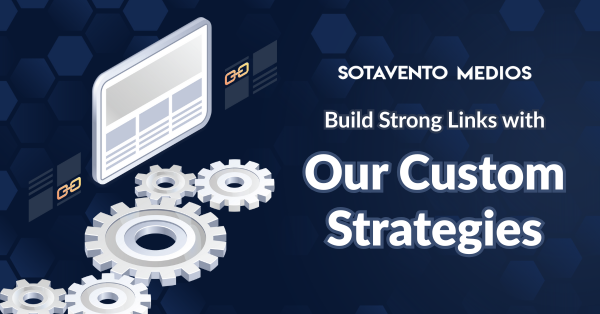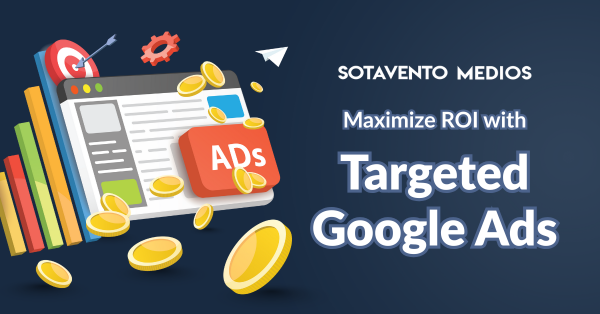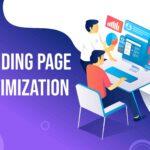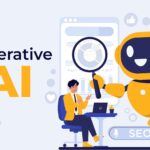The main idea of digital marketing is to drive traffic to a dedicated landing page for conversion. However, this approach is losing its effectiveness. The time of using a single-purpose landing page as the main way to convert is over. This is not just a change in best practices; it is a deep, lasting shift in how search results work and how consumers behave. This shift is driven by advanced AI models and the growth of zero-click searches.
For seasoned marketing managers and technical SEO experts, the challenge is evident: Your competitors are adjusting to a landscape where the conversion funnel starts and often ends before a user clicks your link. The future of B2B lead generation depends on mastering in-search conversion optimization. This means transforming informational resources into direct, actionable opportunities.
The Zero-Click Reality: AI Overviews and SERP Dominance
With the full adoption of the Search Generative Experience (SGE) and the rising use of Featured Snippets and “People Also Ask” (PAA) sections, the top of the funnel has changed. Current data shows a significant trend: most search queries now lead to a zero-click result, where user needs are met directly on the search results page.
The technical consequences of this change are significant:
- Organic CTR Compression: When an AI Overview shows up, the top organic listing can lose a lot of its click-through rate. Your main ranking page can move down over 1,000 pixels.
- Authority Transfer: AI summaries pull and condense information from multiple sources. So, authority—and the related brand visibility—comes from being cited in the answer, not just from a traditional ranking.
- Decoupling of Ranking and Conversion: A high ranking does not guarantee a high click-to-lead ratio. The conversion path now starts with how the SERP presents your content, not just the title and meta description.
The traditional landing page, designed for a post-click scenario, is now too late in the user’s journey. We need to focus on being cited.
Strategic Technical Pillars for In-Search Conversion
To optimize for the in-search conversion path, we need a two-part technical strategy: maximizing citation signals and offering micro-conversion chances within core content.
1. Content for Answer Engine Optimization (AEO)
The structure of your content needs to prioritize the Generative AI model. This isn’t about keywords; it’s about clarity and readability for machines.
- Conversational Structure: Change H2/H3 headings into clear, question-based prompts. Use subheadings such as “What is the ROI of Technical SEO?” or “How does LLM Indexing Affect Crawl Budget?”
- Immediate Answers: Use the “Inverted Pyramid” content style. Place a direct, clear answer (2-4 sentences) right after the question heading. This is the content most likely to be picked for a Featured Snippet, PAA, or SGE citation.
- Schema Markup Mastery: Use structured data not only for rich results but also as a clear signal to AI models. Apply FAQPage schema widely on informational pages. For commercial content, use Product or Service schema, ensuring price ranges and review counts are accurate, as this data often surfaces directly.
2. The Conversion-Ready Content Asset (The CLUSTER-LP)
Today’s alternative to the traditional landing page is the highly optimized, interactive, and conversion-ready Content Cluster Page (CCP). This is a technical, long-form asset that provides valuable information along with internal conversion mechanisms.
- Embedding Micro-Conversions: Move beyond a single “Download Whitepaper” button at the bottom. Use non-disruptive, contextual micro-CTAs:
- In-Content Pop-ups/Tooltips: Show an opt-in form when a user scrolls past important data or technical terms (e.g., “Want a personalized crawl audit? Click here.”).
- Interactive Tools: Embed calculators, self-assessment quizzes, or dynamic charts in the body content. These features demonstrate expertise and create conversion opportunities that AI can’t replicate.
- Contextual Internal Linking: Every important piece of information should link strategically to a lower-funnel, intent-based page (e.g., linking a technical term to a “Service Implementation” page).
- Mobile-First, Performance-Critical UX: Since mobile makes up a large part of B2B research, Core Web Vitals directly affect conversions. A slow Largest Contentful Paint (LCP) results in less scroll depth and missed micro-conversion chances. Technical teams should focus on optimizing images, use server-side rendering (especially for JavaScript-heavy elements), and ensure no Layout Shift (CLS) occurs.
Evolving the B2B Conversion Strategy
This new landscape requires a shift from a click-focused to an influence-focused marketing model.
- Metric Redefinition: Go beyond basic organic traffic. Track SGE/AI citation volume, Brand Search Lift, and Internal Conversion Rate (conversions generated within the long-form content asset).
- Multiformat Authority: AI values depth in content. Include optimized, transcribed videos (for YouTube/Video Carousel inclusion) and clear, data-driven visuals (for Image Search). Ensure all multimedia has comprehensive alt text and video schema properly tagged.
- E-E-A-T as the Technical Firewall: Experience, Expertise, Authoritativeness, and Trustworthiness are critical for AI citation. Technically, this involves:
- Using detailed Author Bio Boxes with AboutPage and Person schema.
- Regularly updating content (content freshness is a ranking signal).
- Citing original research or reliable proprietary data, which enhances perceived expertise for the model.
In this environment, content pages are no longer static information centers. They become dynamic, high-performance sales assistants actively working within the SERP. The goal is not to outsmart Google’s AI but to be the essential source it refers to.
The New CTA: From Click-Funnel to Authority-Funnel
The traditional landing page model is no longer viable because it acted as a barrier to information. The modern conversion should create a smooth transition from delivering information to service inquiries, supported by technical expertise.
For businesses facing this technical shift, relying on scattered internal marketing resources is a risk that no B2B leader can take. The complex coordination of AEO, detailed schema implementation, and Core Web Vitals optimization requires specialized skills.
Do you have the technical setup to be a trusted, cited authority in the age of AI search? Sotavento Medios offers the technical SEO audits and implementation plans needed to rearrange your assets, enhance your organic funnels, and generate high-value leads directly from the SERP. Reach out to our team in Singapore for a technical audit of your core content structure today.

